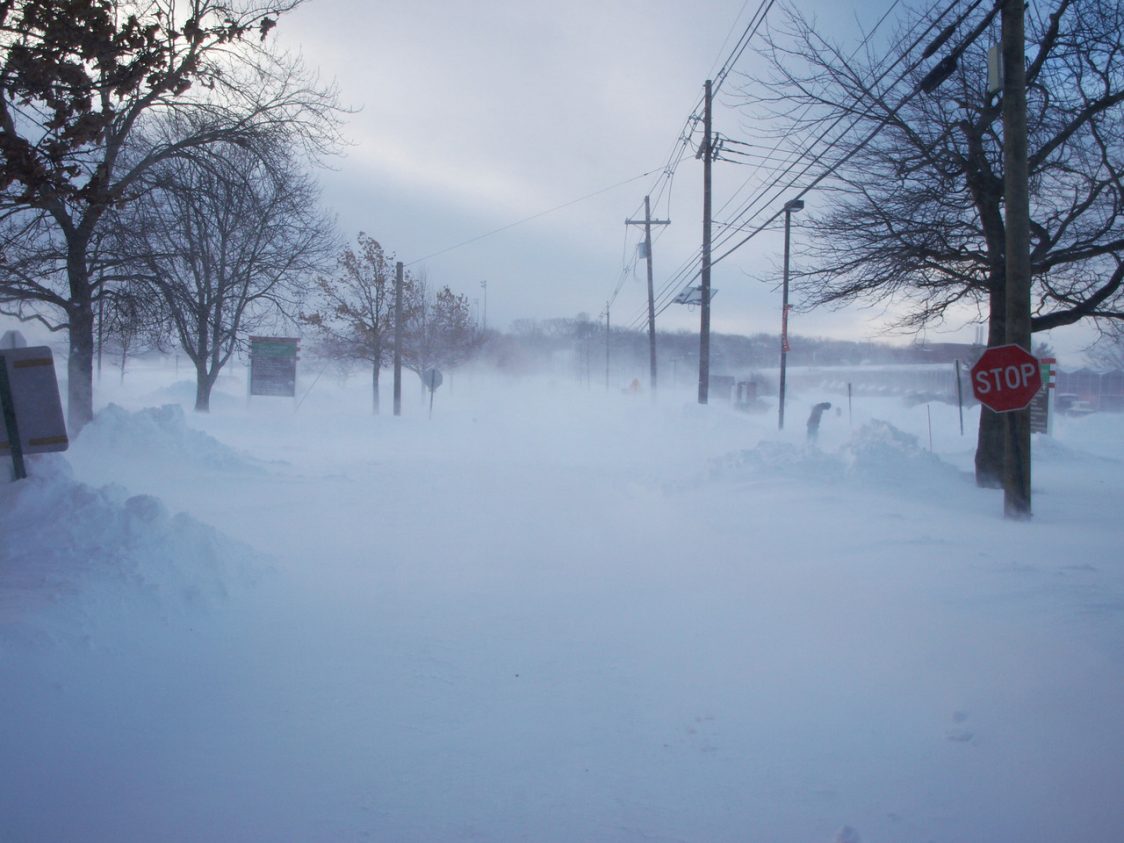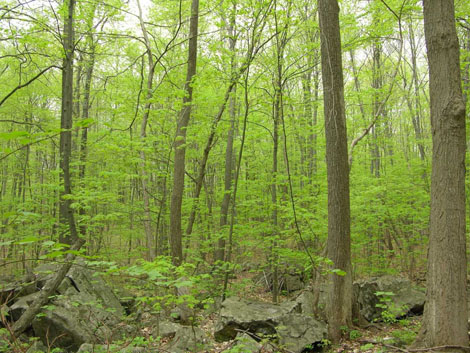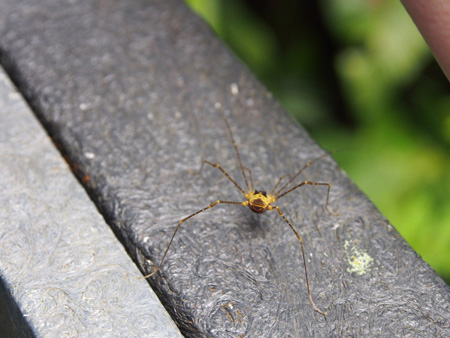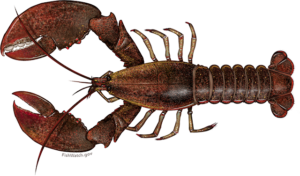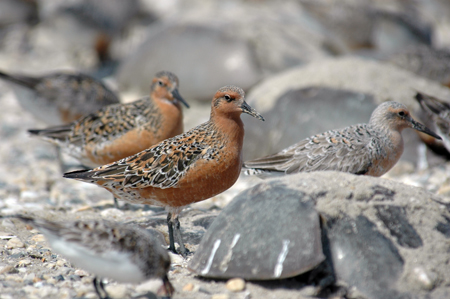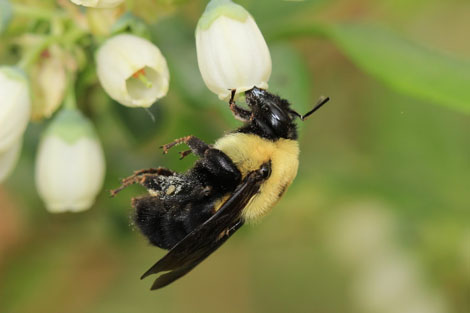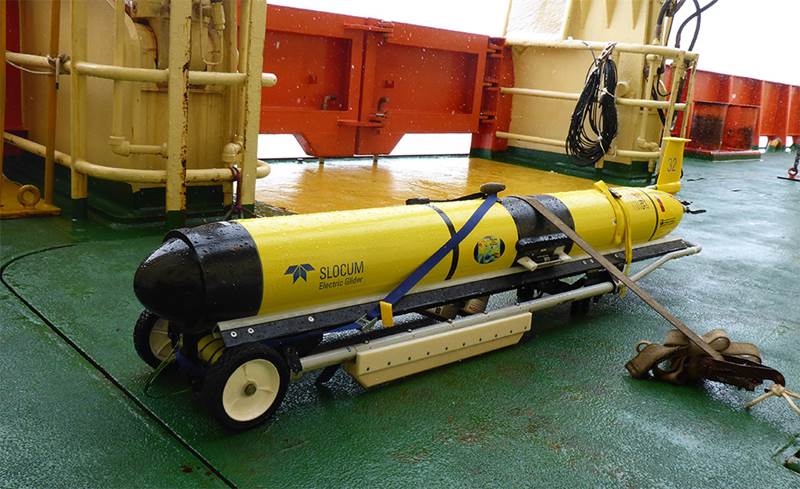Rutgers scholar says warming Arctic’s connection to U.S. weather is “no coincidence” Scientists from Rutgers University-New Brunswick and Atmospheric and Environmental Research (AER) have linked the frequency of extreme winter weather in the United States to Arctic temperatures. Their research was published today in Nature Communications. “Basically, this confirms the story I’ve been telling for a couple of years now,” said study co-author Jennifer …
Fiber-Fermenting Bacteria Improve Health of Type 2 Diabetes Patients
Dietary fibers promote gut bacteria that benefit blood glucose control, says study by Rutgers and other scientists. The fight against type 2 diabetes may soon improve thanks to a pioneering high-fiber diet study led by a Rutgers University–New Brunswick professor. Promotion of a select group of gut bacteria by a diet high in diverse fibers led to better blood glucose …
Environmental Statistician Michael Stein Appointed as Rutgers’ Inaugural Distinguished Visiting Fellow in Earth, Ocean, and Atmospheric Sciences
Award-winning University of Chicago professor will convene fall seminar in Statistics of the Earth System The Rutgers University-New Brunswick Institute of Earth, Ocean, and Atmospheric Sciences (EOAS) and Department of Statistics are pleased to announce the appointment of Michael Stein , the Ralph and Mary Otis Isham Professor of Statistics at the University of Chicago, as the Inaugural Distinguished Visiting Fellow in Earth, Ocean, and Atmospheric …
Damage Encourages Male Maple Species to Become Female
Striped maples wait to last minute before choosing their sex. A few years ago, Rutgers researcher Jennifer Blake-Mahmud was working on a botany project in Virginia when colleagues pointed out a striped maple, a common tree in the understory of mountain forests from Nova Scotia to Georgia. “They told me, ‘We think it switches sex from year to year, but …
Personal Bioblitz Connects People with Nature
‘Count one, count them all’ – anyone with a Rutgers connection can photograph wild species in citizen science project. When Lena Struwe was hiking in the Monteverde Cloud Forest Biological Reserve in Costa Rica three years ago, she spotted a yellowish harvestman, a spider-type animal, on a hiking trail rail and took a photo with her camera. It turned out her photo of the …
Throwing Back “The Big Ones” Saves a Fishery from Hot Water
Malin Pinsky has a new Commentary in PNAS, “Throwing back the big ones saves a fishery from hot water.” In it, he explains why a recent paper by Arnault Le Bris on the Maine lobster fishery provides important insight into efforts to create climate-ready fisheries management. Practices like conserving the female lobsters and not catching the large lobsters have allowed the fishery to …
Threatened Shorebird Species Faces Increased Peril
Red knots fall below 10,000 in aerial surveys. Scientists from Rutgers University–New Brunswick and elsewhere documented fewer than 10,000 red knot shorebirds in Chile in January, down from more than 13,000 a year earlier. “Clearly, this subspecies of red knots – listed as threatened in the U.S. and endangered in Canada – is still at risk,” said Richard G. Lathrop Jr., …
The More Kinds of Bees, the Better for Humans
Study of 48 farms in two states shows abundance of species means lots of pollination. The larger an area, the more species of wild bees are needed to pollinate crops, a Rutgers University study shows. The findings appear today in the journal Science. Many controlled ecological experiments have shown increased pollination results from having more species, but the Rutgers-led study is …
Saba Group Successfully Completes Glider-Based Ecosystem Deployment in Antarctica
A small team led by Dr. Grace Saba recently deployed a Teledyne Webb Slocum Glider with attached Acoustic Zooplankton Fish Profiler (AZFP) that successfully completed a 3-week mission in the Antarctic to gather data on marine ecosystems. Dr. Corie Charpentier and undergraduate Rachael Young traveled to Western Antarctica to deploy and monitor the glider’s progress. Their efforts were highlighted by a Marine …
Don’t Blame Hurricanes for Most Big Storm Surges in Northeast
Pioneering Rutgers study examines atmospheric patterns during nor’easters and other extratropical cyclones. Hurricanes spawn most of the largest storm surges in the northeastern U.S., right? Wrong, according to a study by Rutgers University–New Brunswick scientists. Extratropical cyclones , including nor’easters and other non-tropical storms, generate most of the large storm surges in the Northeast, according to the study in the Journal of Applied Meteorology and Climatology. …



